
CPOs are currently grappling with how to build organisations that can execute at pace while keeping people, culture and rewards aligned with strategy. The balancing act is real: manage short-term performance and investor scrutiny while making the right, longer-term calls on leadership capability.
“This reflects what we’re seeing across Boardrooms in our Community — expectations are rising fast,” said Jamie Wilson, Managing Director, Group Services at Criticaleye. “Today’s CPO must be as commercial as they are people-led, set the right pace for transformation and build culture and trust into how they operate.”
The data bears that out. According to Criticaleye’s 2025 CPO Research, 46 percent of Boards have increased expectations for CPOs to maximise workforce productivity and performance. “The Board is increasingly interested in people strategy and how it relates to risk, culture and succession,” Jamie added.
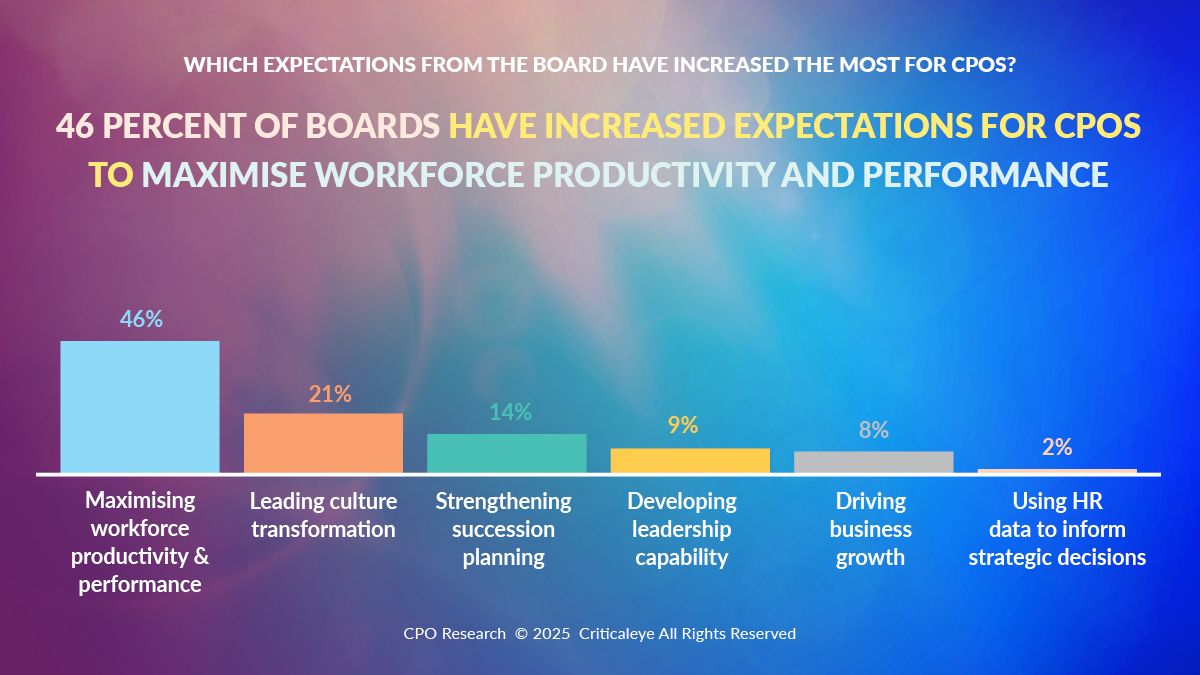
.jpg)
That shift in Board focus makes the dynamics around the top table critical. Getting people, performance and reward right depends less on standalone HR programmes and more on how the CPO works with key Board figures who set strategy, oversee remuneration and hold the CEO to account.
Brian May, NED and RemCo Chair at FTSE 250 listed medical devices company Convatec Group and a Criticaleye Board Mentor, stressed that momentum relies on four key players working in concert — the CEO, the RemCo Chair, the CPO and the Chair of the Board. “If you’ve got a broken relationship between the CEO and the RemCo Chair, it’s usually the RemCo Chair who falls by the wayside. It’s a pretty bold decision to let the CEO fall by the wayside,” he said.
“The fact is, the relationship between the CEO and the RemCo Chair is really important, as is the relationship between the CPO and the RemCo Chair.
"I have a good line of communication with the Chair of the Board; we often bounce ideas around, and I road-test thoughts to make sure he’s brought along with the thinking, because you need that overall support for what you’re doing,” Brian explained. “It’s important to manage those relationships.”
Sarah Lewis, CPO of Motability Operations, described how she has had to reset the way she works with her Board. “I’ve learned that we [the Board and I] need to work together, in partnership, to have a successful business and to protect it.
“A lot of our RemCo is about protecting the business from risk as well as driving performance, and being transparent and open, openly sharing ideas, has been essential to developing much more of a trusting, two-way relationship.”
That partnership mindset is reinforced through what happens outside the formal Board agenda. As Sarah put it: “Having that regular cadence of conversation with the Chair outside of the formal meetings, and investing that time and effort to make those quality conversations, is really important.”
For her, this is also about how the CPO turns up in the Boardroom — grounded, commercial and clear on where to lean in. “Make sure that you understand your own business inside out, and what the Board will be interested in. In particular, you might want to think about what you want to influence and where you can add the most value,” she added.
As those relationships deepen, the question becomes ‘what does the CPO actually put in front of the Board, and how?’ It’s not just the quality of discussion that matters, but the way issues are framed. Cathy Acratopulo, CEO and co-founder at LACE Partners, highlighted the importance of bringing the right metrics to the table: “When we talk about the relationship between a CPO, the Board and executive colleagues around the table, including the CEO and the CFO, it comes back to speaking a commercial language.
“Being able to anchor everything you’re doing to the bottom line or the top line of the business you’re working with is critical to building trust and relationships at Board level.”
In order for CPOs to hold larger sway with the Board, Cathy advised: “It is about being absolutely crystal clear on the two or three things that are prominent in the Board’s mind that you are influencing and impacting, and making a direct link between the activities you control — as CPO, within your HR function and more widely across the workforce — that will drive business performance, and the impact those activities have on business success.”
Taken together, the message is clear — relationships, cadence and commercial framing all have to come together in the Boardroom. Ultimately, what will separate the best CPOs is their ability to develop leadership capability at the speed of the strategy and to make that growth visible in the Boardroom.
That is what sustains performance through change.
Bridgette Hall, Senior Editor, Criticaleye
That is what sustains performance through change.
Bridgette Hall, Senior Editor, Criticaleye
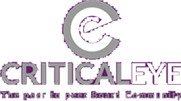










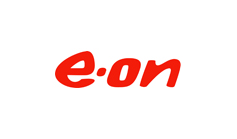





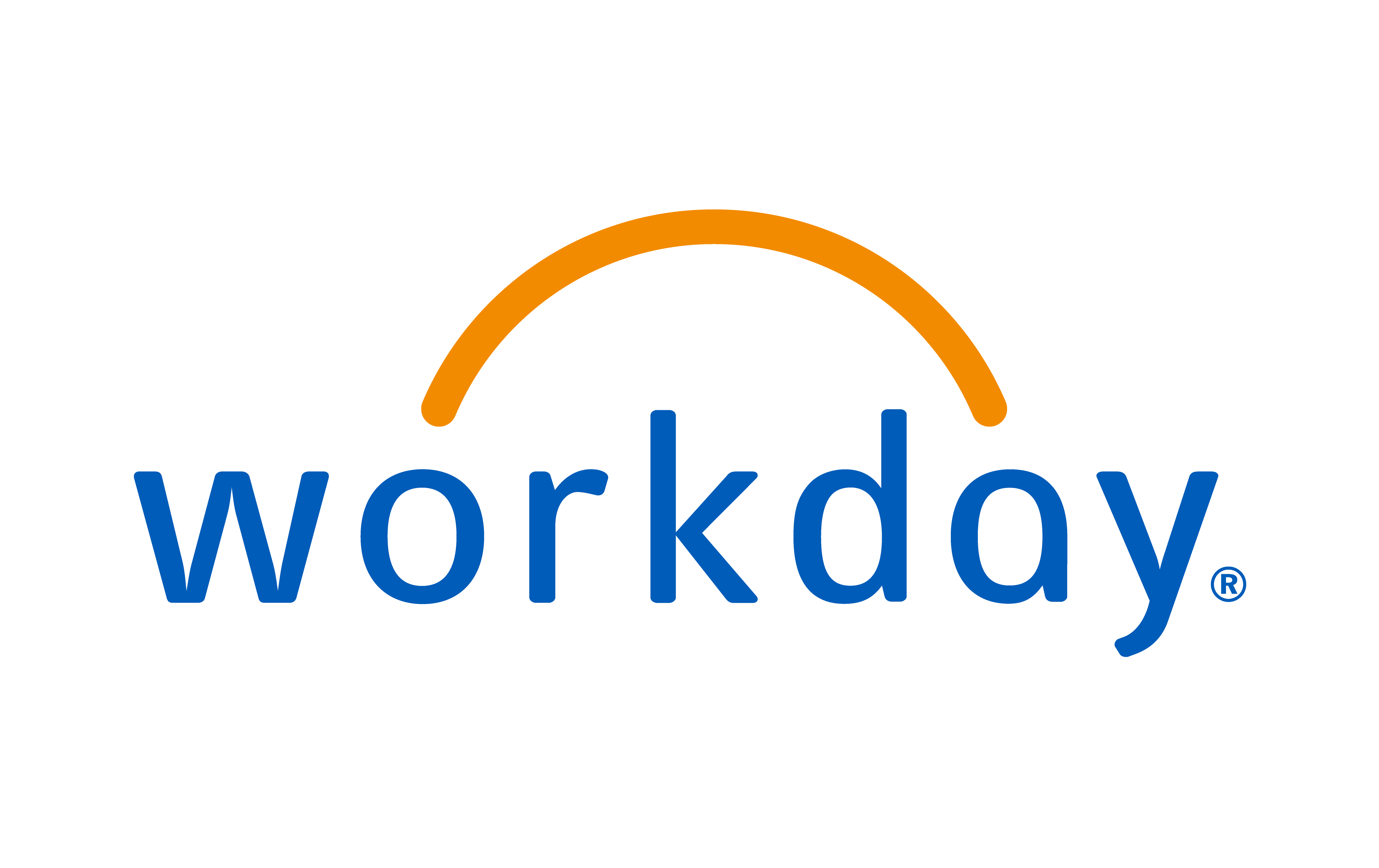


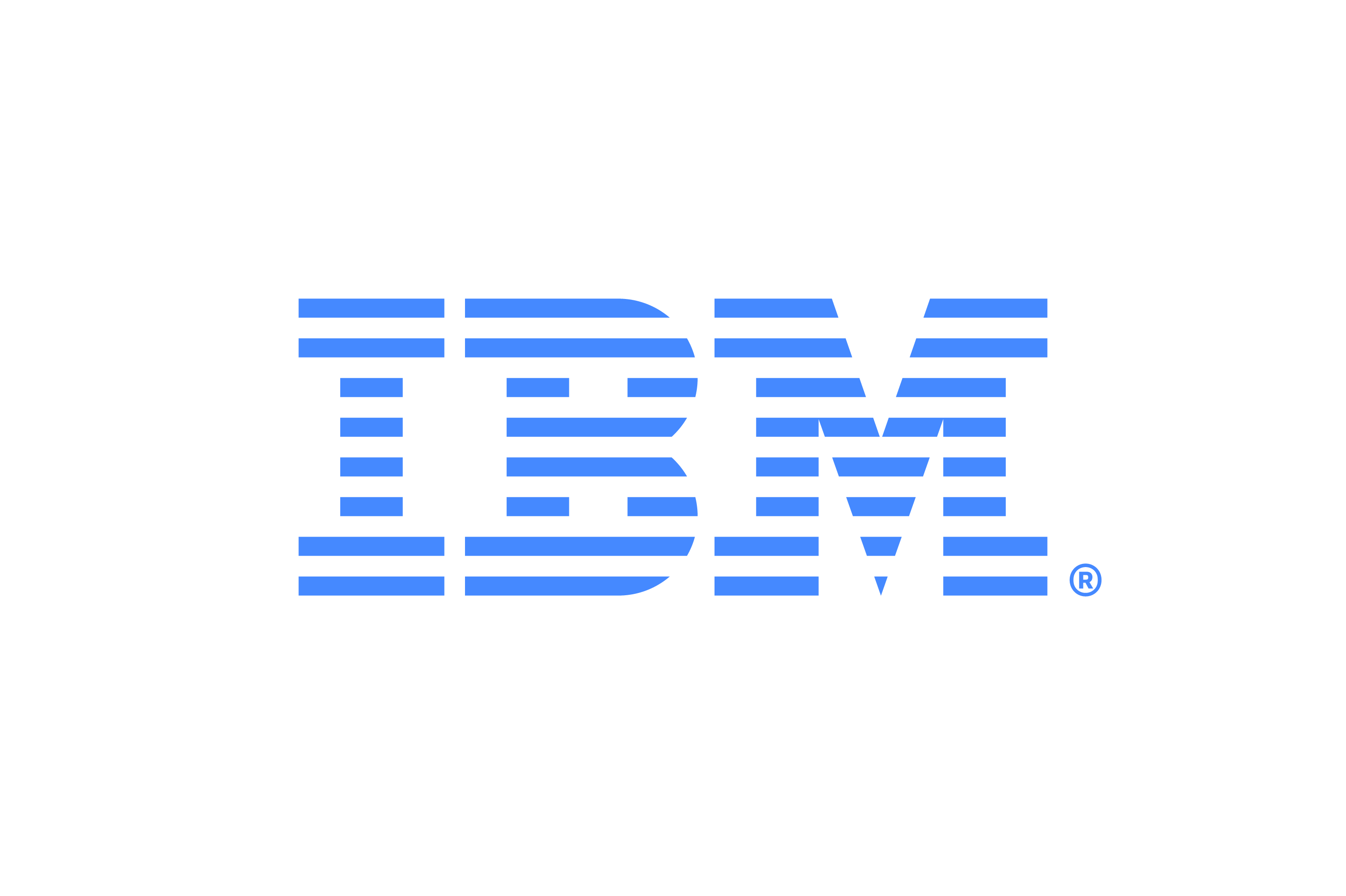
 (002).png)

